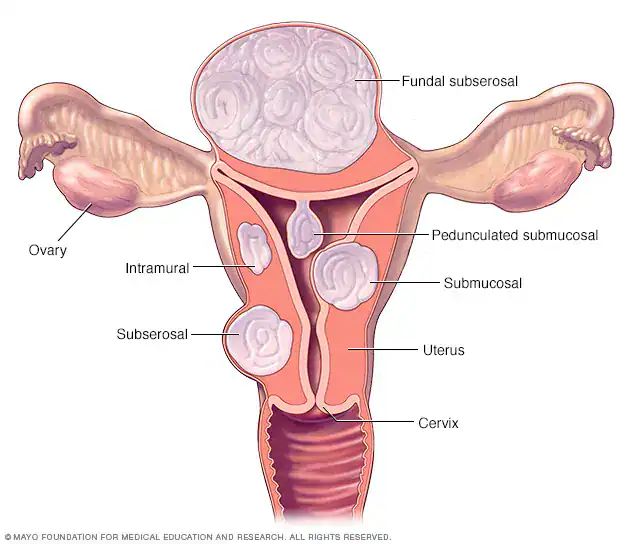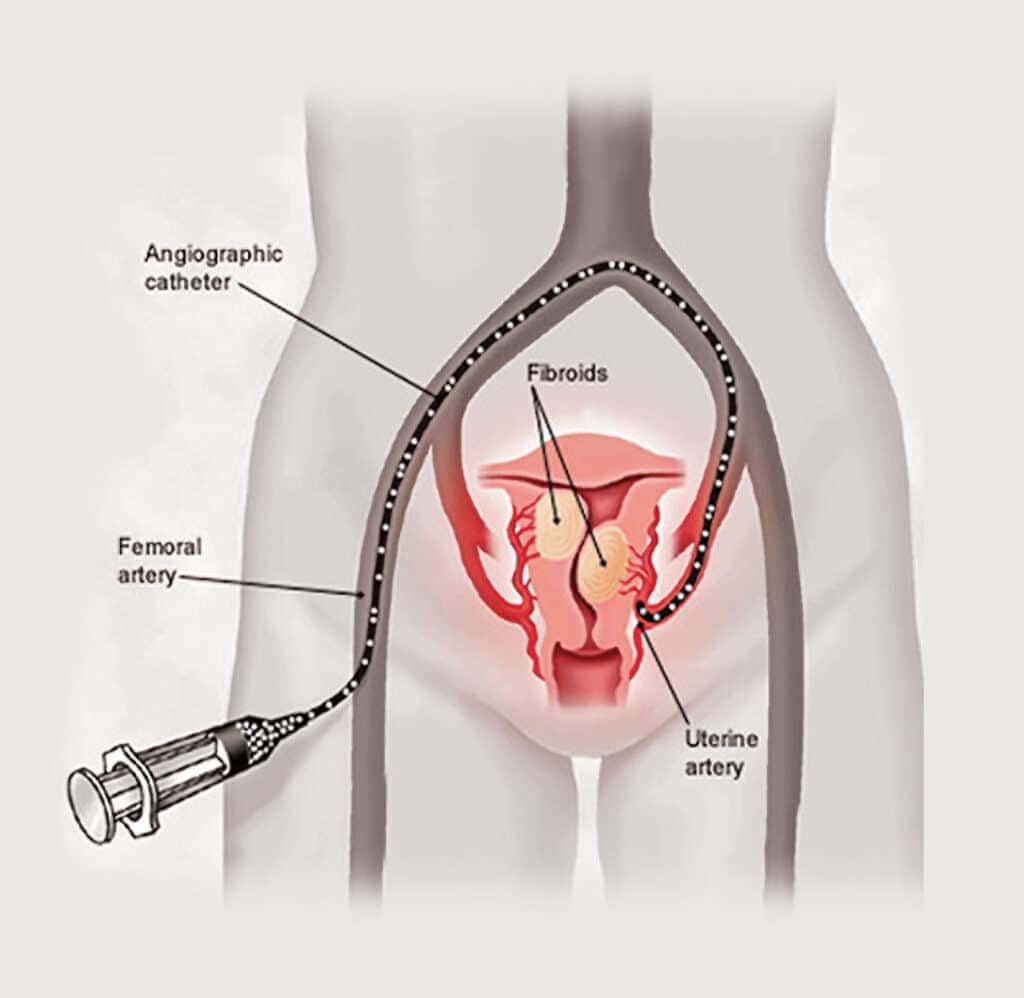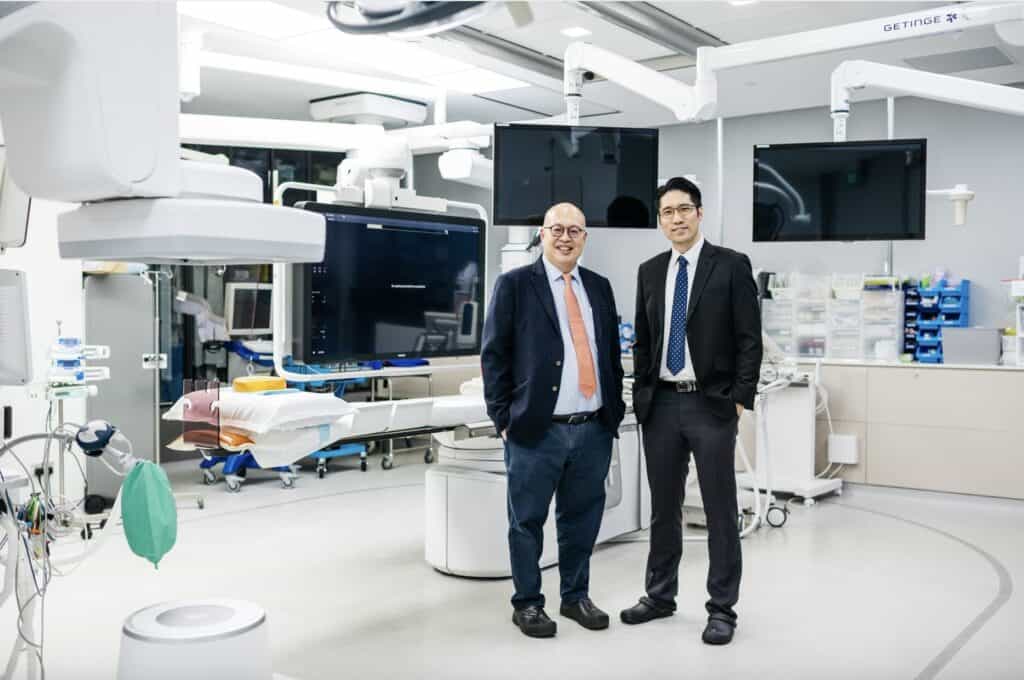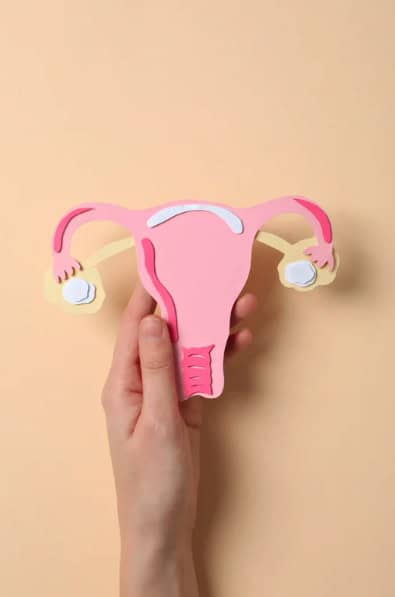You Have Options, Including Non-Surgical Ones
Traditionally, fibroids have been treated through:
Routine screening
To monitor growth of fibroids
To monitor growth of fibroids
Hormonal medication
To manage symptoms temporarily
To manage symptoms temporarily
Surgical options
Myomectomy: removal of fibroids
Hysterectomy: removal of uterus
Hysterectomy: removal of uterus





